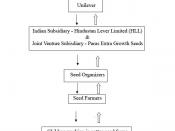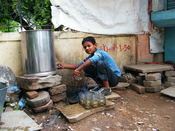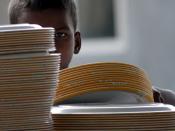Since the era of globalisation, child labour remains a widespread phenomenon throughout the world. For large number of children work is an ordeal, on source of suffering and exploitation, and a fundamental abuse of human rights (Bequele, 1998). The consequences of child labour often result in education deprivation, social disadvantage, poor health, physical and psychological development. The causes of child labour are complex and wide ranging, but the future for child labour does show some good prospects. The 3 articles selected for this review highlights the problems and solutions of child labour in a developed country UK and a developing country India, and the 3rd article further explores and builds on the other 2 articles in terms of causes of child labour.
In 1st article 'child poverty and child outcomes', Bradshaw (2002) traces how child poverty has changed over the last 20 years in UK and how child poverty compares with that in other countries.
The 2nd article 'Child labour, the most visible type of child abuse and neglect in India', Caesar-Leo (1999) also highlights the growing problem of child labour in India and seeks to clarify the complex reasons behind the problem. The 3rd article 'Does globalisation increase child labour', Guarcello (2002) further explores and builds on the first two articles in terms of causes of child labour. All articles make systematic approach to illustrate each argument by utilizing clear and bold subtitles.
Both articles addresses the magnitude of child poverty on the basis of government resource, such as the Government of India Census and the Family Resources Survey from Department of Social Security, therefore suggests the accuracy and reliability of the sources. However, Caesar-Leo (1999) criticizes the statistics collected by the government by emphasizing the difficulty to obtain an accurate estimate of working children, because number of girls...


